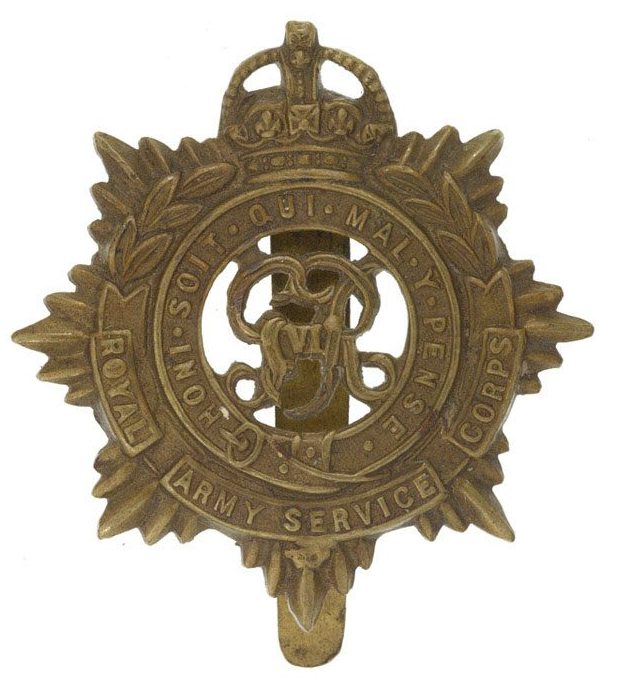Personal Details
Born: 1 February 1884
Family: He married Agnes Gaughan in Liverpool during the 3rd quarter of 1908. Together they had a son, Peter J, who was born in 1924 in Whitchurch.
Residence: The address given for John on the 1919 Absent Voters list was 1 Church Street, Whitchurch. At the time of the 1939 Register the family were living at 29 Talbot Street, Whitchurch. When he died at Whitchurch Cottage Hospital in 1970 his address was 10A The Flats, Claypit Street, Whitchurch.
Employment: In 1939 he was a motor lorry driver.
Died: In 1970, aged 86, and buried in Whitchurch cemetery on 28 Feb the same year.
Military Details
Regiment: Royal Army Service Corps (previously Royal Welsh Fusiliers)
Rank: Private
Service Number: T/4/142668 (previously 88204)
Date of Enlistment: Not known
Date of Discharge: After spring 1919
Reason for Discharge: Not known
Other Information: He was born and married as John Alfred East. He served in WW1 as John A. East and died and was buried as Alfred William East, exact same date of birth.
His service number for the Royal Welsh Fusiliers indicates John signed up in 1905.
John was awarded the Campaign Medals (British War Medal and Victory Medal)

The British War Medal (also known as 'Squeak') was a silver or bronze medal awarded to officers and men of the British and Imperial Forces who either entered a theatre of war or entered service overseas between 5th August 1914 and 11th November 1918 inclusive. This was later extended to services in Russia, Siberia and some other areas in 1919 and 1920. Approximately 6.5 million British War Medals were issued. Approximately 6.4 million of these were the silver versions of this medal. Around 110,000 of a bronze version were issued mainly to Chinese, Maltese and Indian Labour Corps. The front (obv or obverse) of the medal depicts the head of George V. The recipient's service number, rank, name and unit was impressed on the rim.
The Allied Victory Medal (also known as 'Wilfred') was issued by each of the allies. It was decided that each of the allies should each issue their own bronze victory medal with a similar design, similar equivalent wording and identical ribbon. The British medal was designed by W. McMillan. The front depicts a winged classical figure representing victory. Approximately 5.7 million victory medals were issued. Interestingly, eligibility for this medal was more restrictive and not everyone who received the British War Medal ('Squeak') also received the Victory Medal ('Wilfred'). However, in general, all recipients of 'Wilfred' also received 'Squeak' and all recipients of The 1914 Star or The 1914/1915 Star (also known as 'Pip') also received both 'Squeak' and 'Wilfred'. The recipient's service number, rank, name and unit was impressed on the rim.

